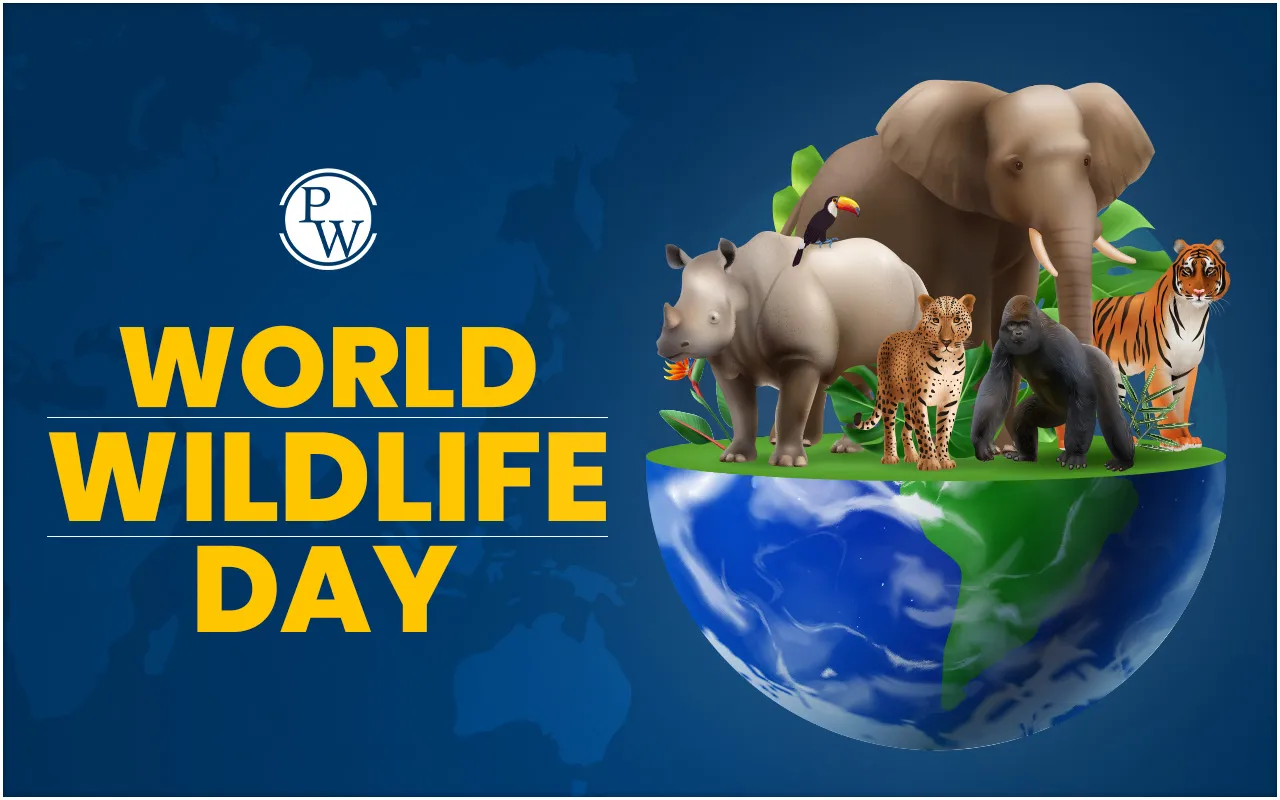
World Wildlife Day is an annual global observance dedicated to raising awareness about the conservation of wildlife and biodiversity. Celebrated on March 3rd each year, this day highlights the importance of protecting the planet's rich flora and fauna and addressing challenges such as habitat destruction, climate change, and illegal wildlife trade. The event is observed worldwide through discussions, educational campaigns, and conservation initiatives.
World Wildlife Day 2025 will emphasize the need for sustainable practices to safeguard ecosystems and wildlife populations for future generations. The theme for this year focuses on “Wildlife Conservation Finance: Investing in People and Planet”, showcasing how investing in conservation can aid in wildlife protection.
World Wildlife Day is a United Nations (UN) designated event observed every year on March 3rd to commemorate the Convention on International Trade in Endangered Species of Wild Fauna and Flora (CITES), which was signed in 1973. The day serves as a platform to promote the conservation of endangered species, raise awareness about wildlife threats, and encourage global action for biodiversity protection.
Promote wildlife conservation efforts worldwide.
Raise awareness about the role of wildlife in sustaining ecosystems.
Highlight the impact of human activities on wildlife populations.
Encourage people, governments, and organizations to take action against wildlife trafficking and habitat destruction.
Credits - wildlifeday.org
Each year, World Wildlife Day brings attention to significant conservation challenges by adopting a theme. The theme for 2025 is "Wildlife Conservation Finance: Investing in People and Planet." This theme highlights the importance of financial investments and sustainable funding mechanisms to protect wildlife and biodiversity. It focuses on mobilizing resources for conservation efforts, supporting local communities, and ensuring that financial policies contribute to a more sustainable coexistence between people and the planet.
World Wildlife Day is celebrated to honor the importance of wildlife in maintaining ecological balance and to take action against the various threats they face.
Raising Awareness: Educates people about the importance of wildlife and biodiversity.
Combating Illegal Wildlife Trade: Addresses issues like poaching and illicit trafficking of endangered species.
Conserving Natural Habitats: Highlights the importance of preserving forests, oceans, and wetlands for wildlife survival.
Encouraging Global Participation: Involves governments, conservationists, and the public in efforts to protect species.
The observance also aligns with the United Nations Sustainable Development Goals (SDGs), particularly those focusing on life on land (SDG 15) and life below water (SDG 14).
Apart from World Wildlife Day, India observes National Wildlife Day on September 4th to emphasize wildlife conservation efforts within the country.
Celebrates wildlife diversity and conservation efforts.
Encourages eco-friendly policies and stricter anti-poaching laws.
Promotes sustainable practices to protect endangered species like tigers, elephants, and rhinoceroses.
Both World Wildlife Day (March 3rd) and National Wildlife Day (September 4th) serve as important milestones in wildlife awareness and preservation.
| Category | Statistics |
| Protected Areas | 1014 Protected Areas (As of 2023, Including 106 National Parks, 573 Wildlife Sanctuaries, and 57 Tiger Reserves) |
| Endangered Species | 73 “critically endangered” species in India as of 2022 |
| Tiger Population | 3,682 Tigers (As per the 2022 Tiger Census) |
| Elephant Population | 29,964 (2017 Census) |
| Rhino Population | 4,014 (Mostly in Assam & West Bengal) |
